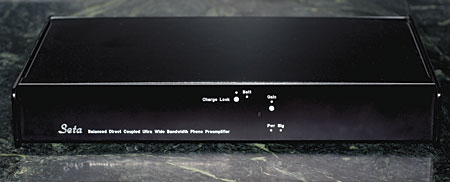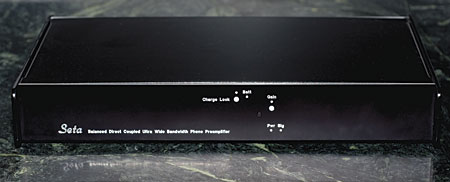
Seta Model L phono preamplifier Specifications
Seta Model L phono preamplifier Specifications

- Read more about Seta Model L phono preamplifier Specifications
- Log in or register to post comments


Micheal McDonald covers Grizzly Bear.
Awesome man, just awesome.
http://stereogum.com/87261/grizzly_bears_while_you_wait_for_the_others_single/video/
(this song is from the album Veckatimest, one of the best albums of the decade)
Get it , Keld.
Should be required reading for any recording engineer...or any digital audio enthusiast for that matter.
http://www.nytimes.com/2010/08/17/arts/music/17jazz.html?ref=music
By Larry Rohter
For decades jazz cognoscenti have talked reverently of the Savory
Collection. Recorded from radio broadcasts in the late 1930s by an
audio engineer named William Savory, it was known to include extended
live performances by some of the most honored names in jazz but only
a handful of people had ever heard even the smallest fraction of that
music, adding to its mystique.
http://gawker.com/5614940/how-to-make-justin-bieber-sound-incredible-slow-him-down-800-percent